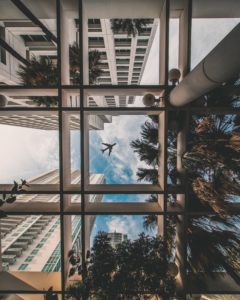
Rocky Mountain National Park, Colorado
To sing of what I fear,
shaking my body,
has an integrative power.
Sometimes something is
so funny even my legs laugh.
I do not know
the frequency of god,
but I adore
the frequency of laughter.
Not all frequencies are free.
I’ve learned this the hard way
from people who would profit
from what makes others shake.
Who teaches us to fear?
Who teaches us to laugh?
I would show you aspen
winnowing the wind
so that you would always
ken beauty from quake.
But it is not mine to always.
It is mine to some,
to often,
to rarely,
to mostly,
if I’m lucky,
to mostly love



















